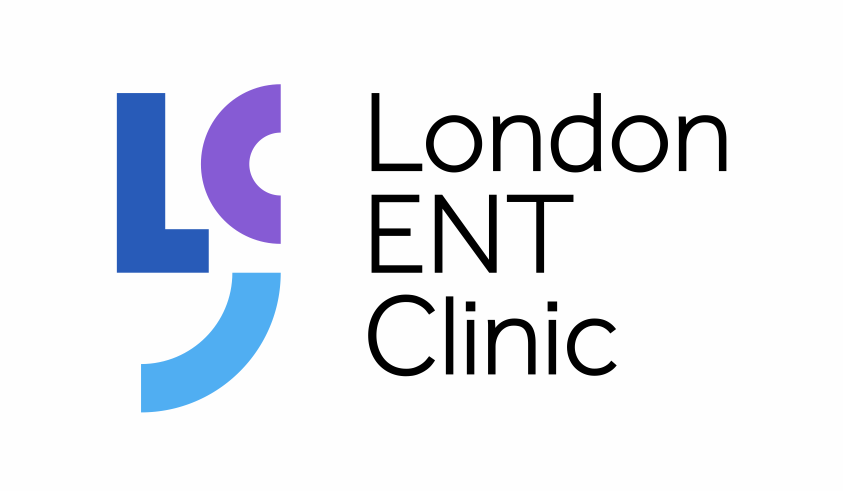Sinusitis
What is sinusitis?
By definition, chronic sinusitis means symptoms of sinusitis for more than three months. These include symptoms of nasal blockage, nasal discharge, symptoms of facial pain and headaches, congestion, postnasal drip and altered sense of smell. Probably the most common cause for chronic sinusitis is inadequate resolution from an acute episode, either by lack of treatment or the presence of a very virulent causative bacterium. Risk factors for the development of chronic sinusitis includes allergy, non-allergic chronic rhinitis, immune deficiency disease syndromes, anatomical abnormalities which result in poor sinus drainage, cystic fibrosis, and conditions where there is poor movement of the nasal and sinus mucus.
Get in Touch
Typical organisms which cause chronic sinusitis include Streptococcus pneumonia, Haemophilus influenzae, Staphylococcus aureus, and Moraxella catarrhalis.
Clinical examination with endoscopy often reveals the presence of deviation of the nasal septum.
Causes
The sinuses are four groups of cavities, either above, between, below or behind the eye socket (orbit). Although their function is not clear, it is thought that their presence results in the skull being lighter. Each sinus has a lining (mucosa) which contains mucus producing glands. This mucus is wafted towards the natural drainage hole (ostium) and under the microscope, you would see the little tiny hair-like cilia beating the mucus towards the natural drainage point. As a result of one of the above risk factors or after a viral infection, swelling occurs of the lining of the sinuses with increase in mucus production and sometimes occlusion of the natural ostia giving rise to stagnation of mucus. Stagnant mucus invariably gets infected which results in more inflammation and production of thick mucus which fails to drain itself. Eventually, the lining of the sinus swells to such an extent that it occupies the whole of the sinus and gradually due to a build-up of pressure the lining protrudes through the natural ostium and this is the first stage in the development of nasal polyps.
Patient Feedback
Treatment
There is often occlusion of the natural drainage port under the middle turbinate of the nose with the presence of congestion and infected mucus. Sometimes, polyps are seen at advanced stages of sinus disease. The diagnosis is further assisted by imaging studies using CT scan which outlines the various sinuses and a grading system is used to assess the amount of disease present.
Currently, the majority of patients with chronic sinusitis can be managed successfully with medical treatment which consists of a combination of antibiotics, nasal decongestants, nasal steroids, oral steroids and management of associated allergies.
Failure of resolution following appropriate medical therapy for up to one to three months may necessitate surgical intervention. The goal of surgery is to correct any anatomical deformities, improve the sinus drainage, remove the nasal polyps thereby improving natural drainage of mucus and improving access for future medical treatment.
New techniques include three-dimensional image-guidance. This is particularly useful when operating near the skull base and orbit. In revision cases, there is often much scarring and the normal anatomic landmarks are often lost. The 3D image-guidance can therefore be very helpful in avoiding complications.
Currently, the techniques used involved Functional Endoscopic Sinus Surgery (FESS). This is a procedure done under general anaesthetic and is usually carried out as a day-care procedure. There are risks with the FESS surgery which include postoperative bleeding, infection, adhesion formation, trauma to the neighbouring structures such as the orbit and the base of the skull. This can result in leakage of cerebrospinal fluid which bathes the brain and can therefore result in further complications such as meningitis or brain abscess. In some patients, despite adequate drainage of the sinuses, the lining of the nose and sinuses are unable to resume normality due to the presence of chronic infection. Recent theories have included the development of biofilms which attach to the nasal lining teaming with bacteria preventing antibiotics to be effective.
Another new technique is that of balloon sinuplasty. This is particularly helpful in management of frontal sinus disease. The frontal sinuses are the most difficult of the sinuses to access and the narrow passageway leading up to the frontal sinus can be difficult to find and normal surgical techniques run the risk of traumatising the skull base, giving rise to CSF leakage and also the use of standard techniques can result in long term scar tissue formation closing the nearly created drainage hole. With balloon sinuplasty, a wire is gently guided into the sinus and a balloon is railroaded over the wire. A balloon is then gently inflated which creates a new wider drainage hole with the minimum of trauma and thus the risk of scar tissue formation is much less. Current studies have reported long term success rates in excess of 95%. The risks associated with balloon sinuplasty have also been very minimal indeed due to the very minimally invasive nature of this technique.

